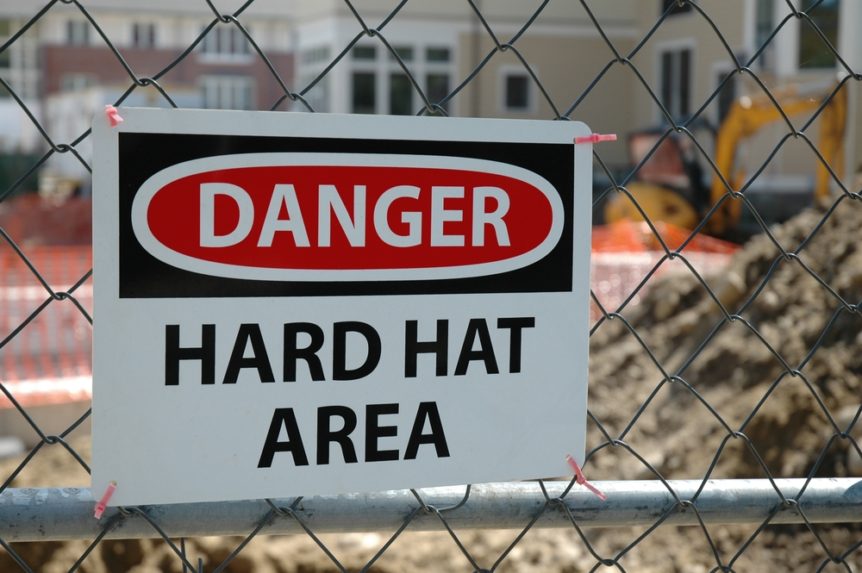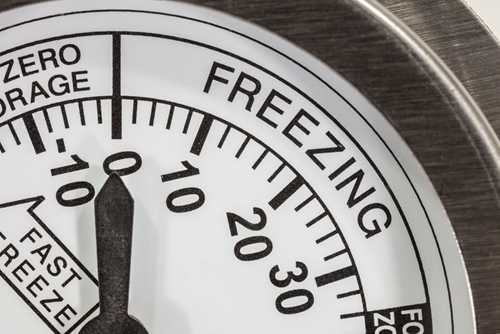By the National Highway Traffic Safety Administration Driving safely in winter weather can be a challenge for even the most experienced driver. It’s easy to forget after months of mild conditions that snow and ice demand careful driving and special preparation for your vehicle. But when 17 percent of all vehicle crashes occur during winter conditions it’s clear that we could all use a refresher when it comes to making our way through a winter wonderland. Read more here >>>
How to Treat These Three Cyber Tricks
By Monique Ferraro in Agents, Business, Cyber, Home Under the cover of the dark web, cyber criminals are refining their sinister methods. And they’re only getting more sneaky and destructive. Here are three of their most common tricks and how you can avoid getting fooled. Read on for common cyber tricks >>>
End of Daylight Saving Time Can Be Deadly
Early next Sunday morning most of those in the United States will turn their clocks back one hour for the end of Daylight Saving Time. Most of us think: “Fantastic! I get another hour of sleep”; and yes you will. However, there is a huge difference between the “society clock” and the “biological clock” we all work from. During such time changes there is statistically an increase in safety incidents. Read the full article >>>
Contractors Fronting Money for Materials Can Lose Investment
Article provided by Cohen Seglias Pallas Greenhall & Furman PC Have you ever been in a situation where your subcontractor or fabricator did not have the financial ability to purchase material needed for a project? Have you ever offered your assistance by way of either directly purchasing the material and providing it to the subcontractor/fabricator or advancing funds to the subcontractor/fabricator to allow for the purchase? While this arrangement has its advantages, contractors should be aware of their exposure, particularly if the subcontractor/fabricator has financial issues down the road. Even though a contractor fronts the funds to purchase the materials, it could lose its interest in those materials to the subcontractor/fabricator’s lender, especially if that lender holds a security interest …
Data Breach Preparedness: Critical Risk Management Priority for Small and Mid-sized Businesses
After hearing a lot lately about big companies suffering data breaches, it is important to remember that, according to inc.com, half of all cyberattacks target small to mid-sized businesses (SMBs). Based on a 2016 State of SMB Cybersecurity Report, CNBC reported that in the prior 12 months half of all SMBs in the U.S. had been hacked. Read the full article >>>
Electronically Submit OSHA Injury Data August 1
OSHA’s Injury Tracking Application will be available Aug. 1, allowing employers to electronically enter their required 2016 injury and illness data from Form 300A, the agency announced July 14. The Improved Track of Workplace Injuries and Illnesses final rule went into effect Jan. 1. The initial compliance deadline was July 1, but OSHA has proposed delaying that deadline until Dec. 1. For more information>>> If you have any questions, contact Matt Olphin, CSP, ARM, Vice President, Risk Control Services at 717.397.9600, ext. 1257.
Creating a Safety Program
Hello, and welcome to the Murray video blog. To create a safety incentive program that aligns with the Occupational Safety and Health Administration’s current views on incentives and mitigates risk, review the approaches OSHA discourages and the ones it and other organizations like the National Safety Council recommends. OSHA isn’t fond of programs that offer incentives to employees, departments, management, or locations for avoiding incidents over a specified period. Due to these program’s outcome-oriented nature, employees could avoid reporting accidents, and managers could pressure employees not to report, so they keep their bonuses. Instead, incentivize employees and management for identifying hazards. Also, offer rewards for participation and leadership in safety programs. The word is still out on whether new approaches to safety incentive …
Coverage for Data Breaches – What You Should Know
A data breach is a loss involving theft, accidental release or accidental publication of Personally Identifiable Information (PII) or Protected Health Information (PHI). It includes social security numbers, bank account, credit or debit numbers, driver’s license numbers, PIN numbers, medical diagnosis, patient history and medications and other private information defined by state or federal law. Data breaches can occur in various ways: Unauthorized access, such as by former employees, vendors or hackers. Stolen or lost paper files, or shipped documents failing to arrive at their proper destination. Mailing, faxing or emailing documents with one person’s PII to the wrong person. Computer system hacked by virus, Trojan horse or improper security. Stolen or lost laptop, computer disks, USB flash drives, portable hard …
Safety culture and your organization [Video]
Today, let's talk about safety culture and why it's important.
Important information regarding cold stress
Cold stress is a condition that can affect workers who perform jobs in cold environments.









